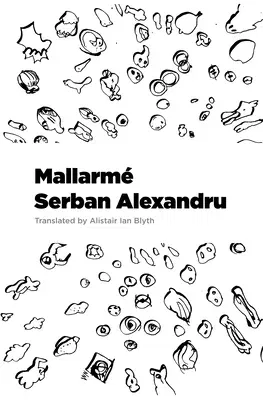At first, Șerban Alexandru's tetralogy Benedict and Maledict, of which
Mallarmé is the first volume, might seem like an anti-realist or
surrealist or even trans-realist experimental novel. In fact, it draws
upon a much older, pre-realist tradition of Menippean satire that can be
traced back through Laurence Sterne and Rabelais to Lucian of Samosata.
Rather like in Béroalde de Verville's Le Moyen de parvenir (1610), the
narrator and myriad characters of Mallarmé, real and fictional,
ancient and modern, become the interlocutors in a never-ending dialogue
of the dead. The subject of this dialogue is by turns literary,
philosophical, metaphysical, mythological, lexicological, scatological,
and even entomological. The characters that pop up inside the narrator's
head to engage in riotously funny logomachy range from Occam to Kant,
from Empedocles to Camus. The cast of characters is completed by
allegorical figures turned personified literary devices such as
Pensiero, Histrion, and the eponymous Benedict and Maledict; the
colorful inmates of a mental asylum in the Danube town of Brăila; and,
of course, the narrator's constant foil and companion Mallarmé, whose
ideal book would be a literary microcosm of the universe.
This is what Benedict and Maledict ultimately attempts: to encompass the
whole of the universe, from high to low, if we believe that everything
in the world exists to be included in a book, and if by the world we
mean literature. Benedict and Maledict has devoured the whole of
literature and takes endless delight in making comical, often grotesque,
allusion to everything from Gilgamesh to Jean-Paul Sartre. Interspersed
with the madcap dialogues of the dead are Monty-Pythonesque episodes,
ribald tales, shaggy-dog stories, and facetious monologues in the manner
of Bruscambille, making Mallarmé a novel whose plot is impossible to
summarize in any conventional sense, but whose narrative is driven
forward by endless imaginative and lexical inventiveness.

